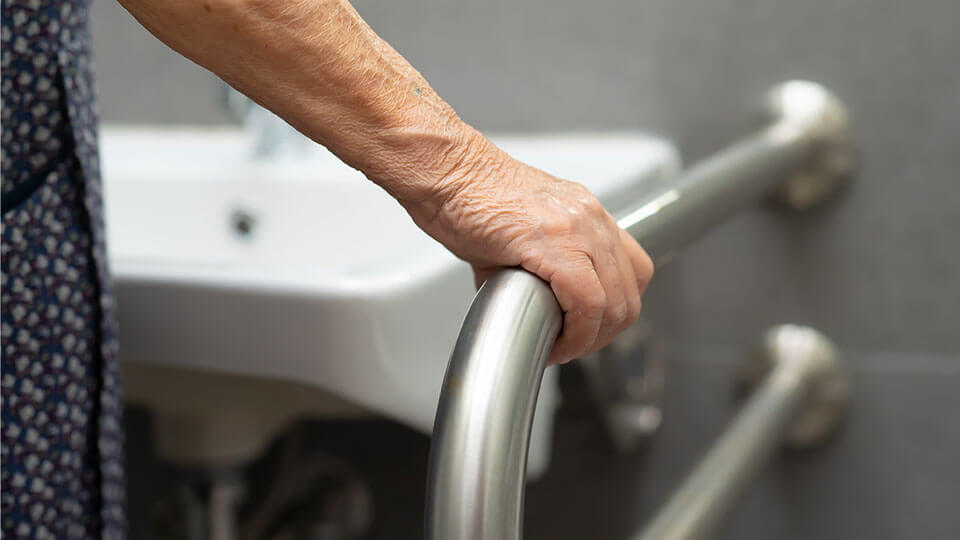
Adapting a home for a person with loss of autonomy
A previously functional home can become a fall trap for elderly people experiencing loss of autonomy. Choosing to remain at home despite a loss of autonomy and/or a disability also means ensuring that the premises remain safe and suitable. This requires redesigning the home, along with equipment and supplies specifically designed for this new reality.
What to consider as equipment and supplies
Before embarking on major renovations, it is advisable to start with a few low-cost adaptations. On this subject, the Canada Mortgage and Housing Corporation (CMHC) has drawn up a list of forty residential adaptations that can be carried out without significant impact on the portfolio.
We're talking about small gestures like installing night lights to help prevent falls or confusion, adding non-slip bath mats, or removing obstacles like electrical cords, rugs, small furniture, boxes, or vacuuming traffic areas.
In addition to these small adaptations, it will be necessary to plan the purchase and installation of more substantial equipment, depending on needs:
- To get around: cane, walker, lifting platform, rollator, widening of doors to allow movement in a wheelchair, walking aid belt, outdoor access ramp.
- For a safe bathroom: installation of a non-slip floor, raised toilet, grab bars, bathtub with door or walk-in shower, bath bench
- For better sleep and rest: adjustable bed, hospital bed, adjustable chair, bed safety bar.
How to do it
CLSCs can offer the services of an occupational therapist to assess the client's level of autonomy and living environment in order to identify appropriate solutions, remove obstacles, and help determine support service needs. Some CLSCs also have a bank of technical equipment that can be financed or loaned to seniors.
However, the waiting time for this assessment can be quite long (1 year or more). You can opt for a private occupational therapist – for a fee – to obtain a needs assessment more quickly.
Financial aid
Undertaking renovations to adapt your home can be costly. Here are three sources of grants or credits that could help cover the cost of the work:
Home Adaptation Program Grant: Financial assistance of $16,000, which can also reach up to $33,000 for specialized equipment and certain special cases (low-income people). Eligible work is that which allows for the modification and adaptation of the home of the disabled or losing autonomy person so that they can enter, exit and have independent access to the rooms essential to their daily life.
Provincial tax credit for expenses incurred by a senior to maintain their independence: Allows people aged 70 and over to recover 20% of the purchase, rental, and installation costs of goods intended to maintain a senior's independence in their place of residence. This credit does not only cover renovation and equipment work – it also covers goods such as a person-centered remote monitoring device or a GPS tracking device.
Federal Home Accessibility Tax Credit: With a maximum amount of $1,500, this credit covers modification expenses – renovation work – which aim to make a home more accessible (for those aged 65 and over or people with disabilities).
If your loved one continues to refuse help and care, don't hesitate to involve their family doctor. They may be more receptive to the idea of receiving these types of services.
Further information on our approach and services is available here:
https://www.soinsamika.com/services or by contacting us at 514-543-4450 ext. 1
You can also visit our frequently asked questions section:
https://www.soinsamika.com/about


